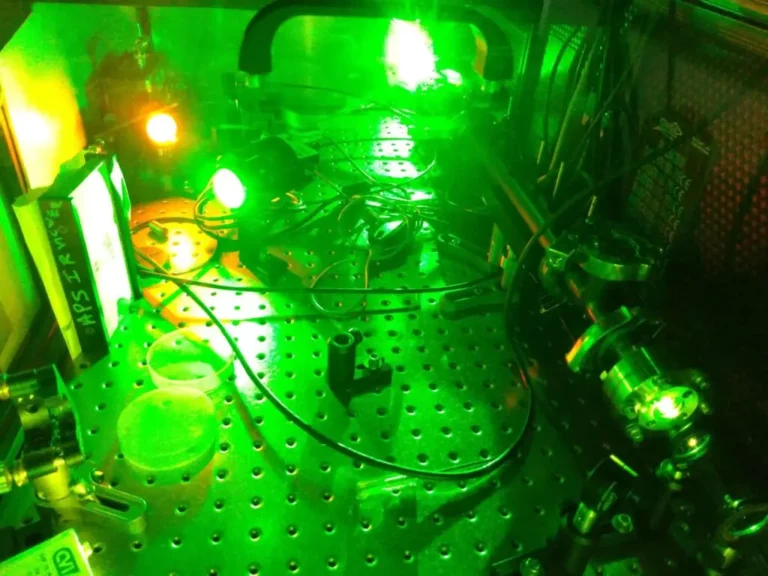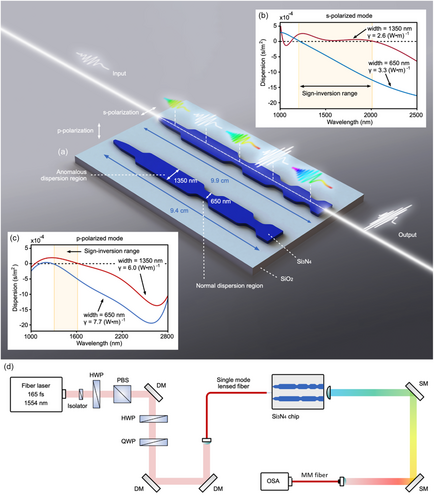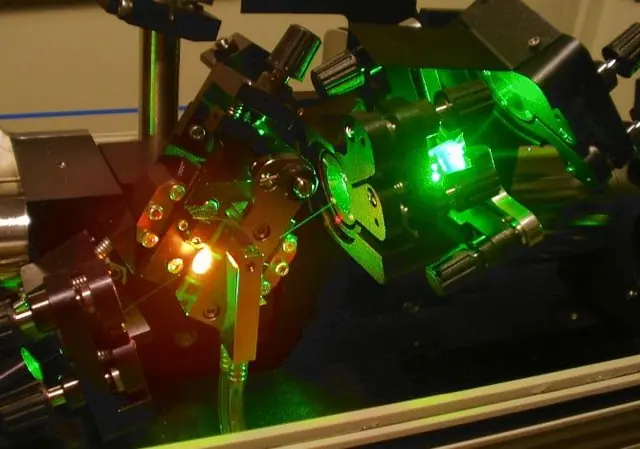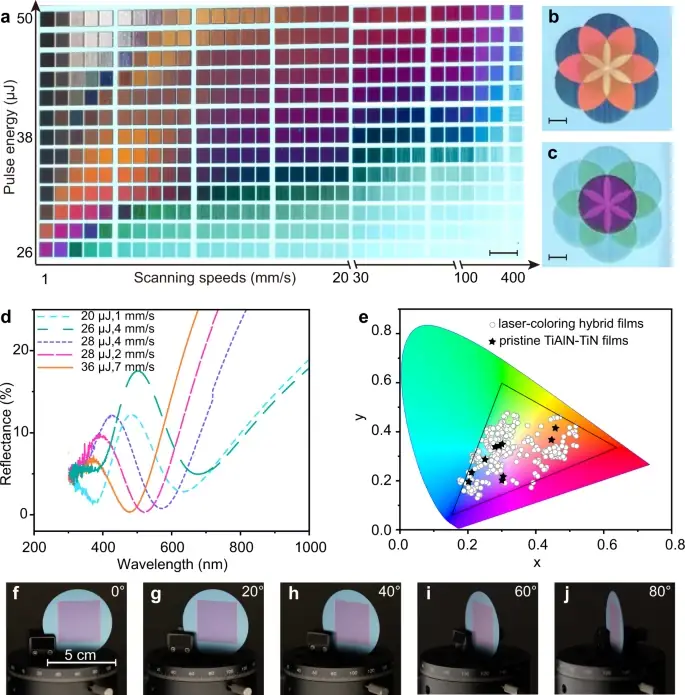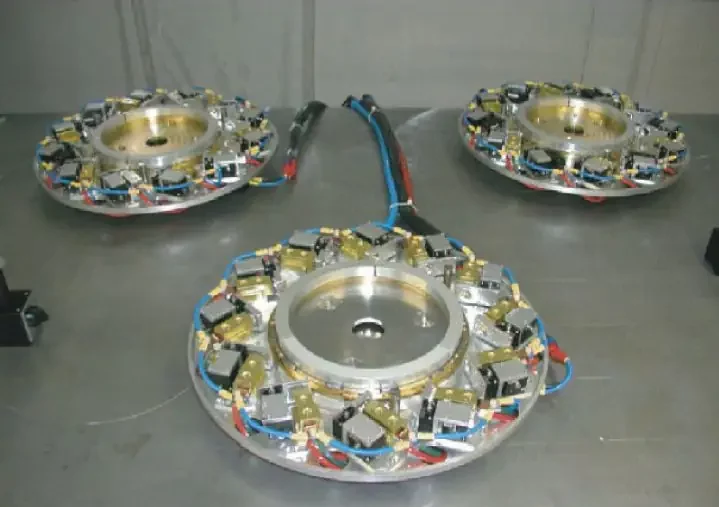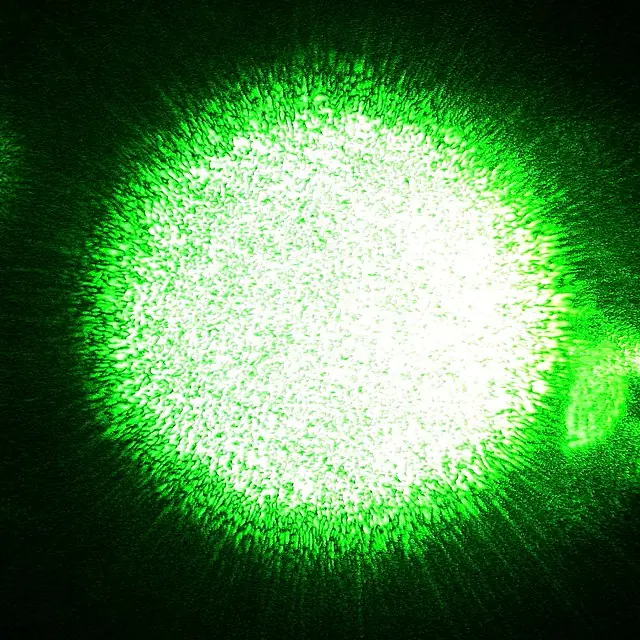High-Order Harmonic Generation in Liquid Targets with Bicircularly Polarized Laser Fields
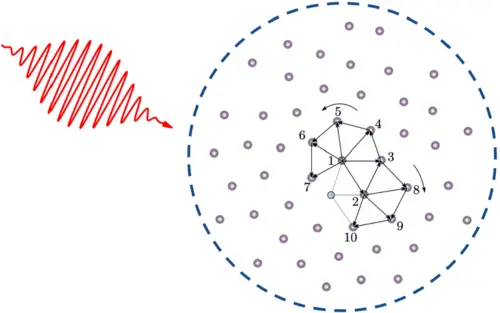
High-order harmonic generation (HHG) is an optical phenomenon that occurs when intense laser pulses interact with liquid targets. This nonlinear and nonperturbative process has been studied extensively in recent years, but traditional methods for simulating HHG in liquids have suffered from poor computational efficiency.
A recent study has developed a more efficient numerical method based on statistical mechanics in two-dimensional space. This method accurately reproduces experimental results and allows researchers to better understand the complex dynamics of HHG in liquids.
In addition to traditional linearly polarized laser fields, the study also explored HHG in bicircularly polarized 1ω + 3ω laser fields, which have both clockwise and counter-clockwise rotations. The results showed that near-circularly polarized harmonics can be generated in the counter-rotating driving lasers.
The energy cutoff of HHG, which refers to the maximum energy of the harmonics produced, was found to be similar in both the counter-rotating and corotating driving lasers and depends on both the laser field strength and wavelength.
This study opens the door for controlling ultrafast electron dynamics in liquids by manipulating laser fields. The ability to generate near-circularly polarized harmonics has potential applications in a range of fields, including spectroscopy and imaging.
By developing a more efficient numerical method and exploring HHG in new types of laser fields, this research has advanced our understanding of the fundamental physics of HHG in liquids. Future work will likely build on these results to further improve our ability to control and manipulate this important optical phenomenon.
In conclusion, HHG in liquids in bicircularly polarized laser fields is a complex and fascinating area of study, and recent advancements have the potential to revolutionize our ability to control and understand this phenomenon. Further research will continue to shed light on the underlying physics and reveal new applications for HHG in liquids.

